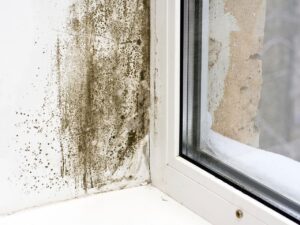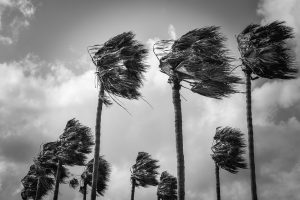 Courtesy of iii.org
Courtesy of iii.org
Work from home arrangements necessitated by the coronavirus pandemic are predicted to become permanent for some employees as companies like Google contemplate ‘hybrid models‘ with more flexible work options.
And though remote work is nothing new, an increase in the numbers of people working from home in the coming post-pandemic years is bound to lead to some thorny workers compensation questions.
In a recent report called “Digital Business Accelerated,” which examines digital transformation trends that small and mid-sized businesses are pursuing, Chubb pointed out that makeshift home offices that don’t properly address ergonomic best practices may lead to an increase in long-term injuries.
Relaxed work habits and environmental inconsistencies in air quality and lighting can also affect the overall wellbeing and performance of employees. And the risk of slips and falls remains in the home, just as it does in the office, said the report.
An injury or illness that occurs while an employee is working at home will be considered work-related if it occurs while the employee is performing work for pay or compensation in the home, and the injury or illness is directly related to the performance of work rather than to the general home environment or setting, according to OSHA.
For example, OSHA goes on to say, if an employee drops a box of work documents and injures his or her foot, the case is considered work-related. If an employee is injured because he or she trips on the family dog while rushing to answer a work phone call, the case is not considered work-related. If an employee working at home is electrocuted because of faulty home wiring, the injury is not considered work-related.
There’s a lot of ambiguity around such claims.
“It is much more difficult to prove that an injury was work-related because there is usually less evidence available in these home office scenarios,” said Gary L. Wickert, an insurance trial lawyer, in a Claims Journal article. “An accident at a business or job site may have witnesses or be caught on security footage. Work at home employees often are all by themselves while they work, so there is often no one present to corroborate a sudden injury or accident or to help determine the precise conditions of the injury.”
Holding a third party responsible (subrogation) for an accident also becomes more complicated in cases of at home injuries.
“When the employee is injured in their home, subrogation targets tend to shrivel up and blow away,” said Wickert. “If an employee is injured at home or while taking kids to the daycare prior to, during, or after the workday… A subrogated carrier cannot sue the employee in the name of the employee – neither can the employee,” he said.
Employers and workers also need to be aware of mental health issues which can develop. Though many tout the mental health benefits of working remotely, others find that remote work leads to anxiety, depression and burnout. The Center for Workplace Mental Health has suggestions for workers that include exercise and keeping a regular schedule, as well as for employers, which includes staying connected and recognizing the impact of isolation.
To reduce the changes for injuries in the home, of which poisoning and falls are the most common, check out the CDC’s Home and Recreational Safety page. For tips for setting up an ergonomically correct workstation read this Mayo Clinic article.


